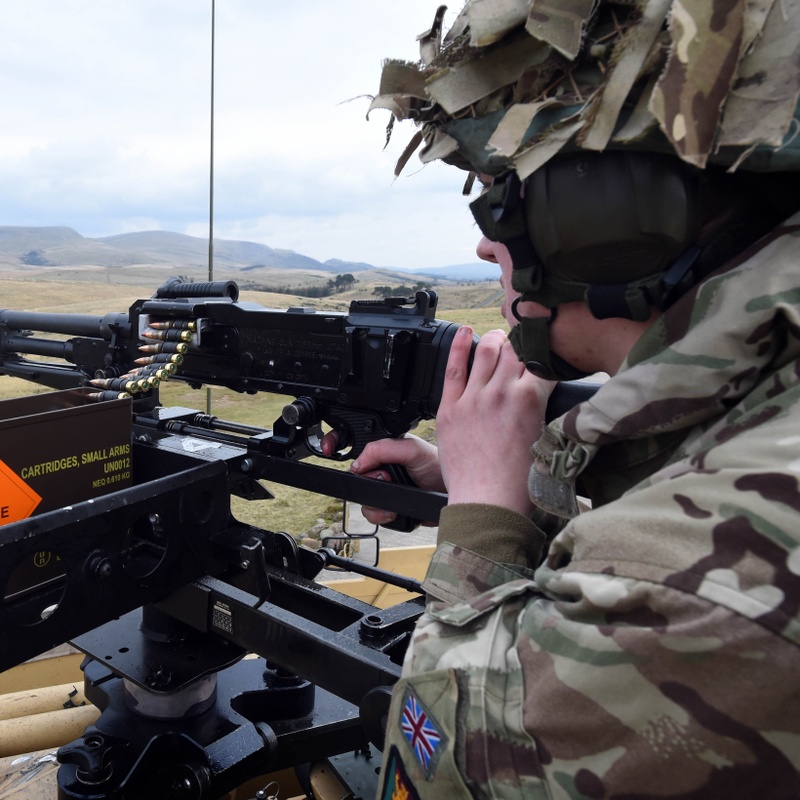
RAF Halton
RAF Halton Affiliated to No 22 (Training) Group
At the outbreak of World War I, Alfred Rothschild immediately offered his land to the war office for use as a military training area
By 1916, over 20,000 troops were billeted on his estate under canvas, and later, in wooden huts. Many of these soldiers went on to die at the Somme Offensive. Meanwhile, the continuing land battles were demonstrating the value of Air Power, which resulted in a rapid expansion of the Royal Flying Corps – the forerunner of the Royal Air Force. This created a massive requirement for skilled manpower to keep the ever-increasing number of aircraft entering service, in the air.
Halton was chosen as the principal training base to meet this demand and was soon pouring out air mechanics in huge numbers – no less than 14,000 in 1917 alone. In the same year, a far sighted decision was taken to establish a boy mechanics training depot which enlisted boys as young as 15, thus sowing the seeds of Halton’s long and distinguished record in training young men in aeronautical engineering trades.


Today, Halton continues to be one of the most significant bases in the RAF, providing a variety of basic and further training courses. All non-commissioned ranks pass through the 10-week course run by Recruit Training Squadron, in order to become members of the RAF. This intensive course introduces them to the military way of life, teaching them teamwork, discipline and the core values of the RAF. The recruits experience many new things, including working on low ropes courses, visiting the RAF Hendon Museum, participating in ceremonial parades and practising their newly acquired military skills such as weapon handling and first aid.
Newly graduated suppliers remain at Halton for their initial trade training. Leadership training for non-commissioned ranks is also undertaken at Halton, to provide the training by which to lead effectively. The RAF Home for Sport resides at RAF Halton and is a focal point for many major sporting events. RAF Halton has had over 100 years of flight and the small grass strip has seen the very first flying machines to the Spitfire, RAF Helicopters and more.







